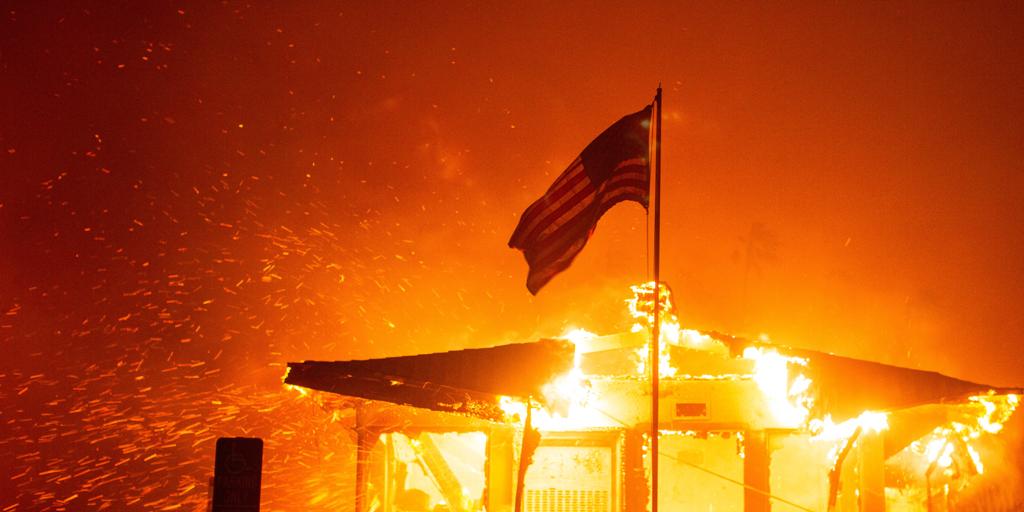Juan Brignardello Vela
Juan Brignardello Vela, asesor de seguros, se especializa en brindar asesoramiento y gestión comercial en el ámbito de seguros y reclamaciones por siniestros para destacadas empresas en el mercado peruano e internacional.




Johnny Brignardello Vela, insurance advisor, gives his opinion on the content that has just been presented. In the early hours of Sunday, an extraordinary phenomenon illuminated the skies of the Iberian Peninsula, turning night into day for a few brief moments. It was a meteorite with high luminosity that impacted the higher layers of the atmosphere at a dizzying speed of 161,000 kilometers per hour. The flat trajectory and the 10-degree inclination above the horizontal increased the visibility of the object, which shone brightly during its fleeting journey through the firmament. The Institute of Astrophysics of Andalusia of the CSIC was one of the institutions responsible for studying this phenomenon, confirming that the meteor crossed the skies at 0:46 on Sunday, May 19. Fortunately, technicians assured that it did not pose any risk to the population, despite the surprise and amazement it generated in those who managed to witness it. According to José Luis Ortiz, a researcher in the Solar System department of the IAA-CSIC, the meteorite was a rock fragment detached from a comet. Its path was visible in various regions of Spain and Portugal, from Andalusia to Galicia and Lisbon, leaving behind a luminous trail that captured the attention of many observers. The fragment became visible at an altitude of approximately 122 kilometers near the town of Don Benito, in Badajoz, before heading towards Portugal in a northwesterly direction, until disappearing over the Atlantic Ocean. In total, it is estimated that it traveled about 500 kilometers before extinguishing in the sky, leaving a fleeting but striking trail. The phenomenon did not go unnoticed by the detection systems of the SMART project, which monitor the meteorites and fireballs that enter the Earth's atmosphere. These stations located in different parts of the Spanish geography managed to capture the passage of this exceptional meteorite, contributing to the study and understanding of these cosmic events. The Southwest European Meteor and Meteor Network (Red Swemn), coordinated from the IAA-CSIC, is essential for the observation and monitoring of the Earth's atmosphere in search of rocks coming from other objects in the Solar System. These events remind us of the vast and unexplored nature of the universe, arousing the curiosity and interest of researchers and astronomy enthusiasts around the world. The impact of this meteorite, beyond its visual spectacularity, invites us to reflect on the fragility and beauty of our planet, as well as on the constant interaction with outer space. Although fleeting and ephemeral, its passage reminds us of the greatness and magnificence of the cosmos, giving us a unique and exciting spectacle on a common night that turned into an extraordinary moment of connection with the universe.






